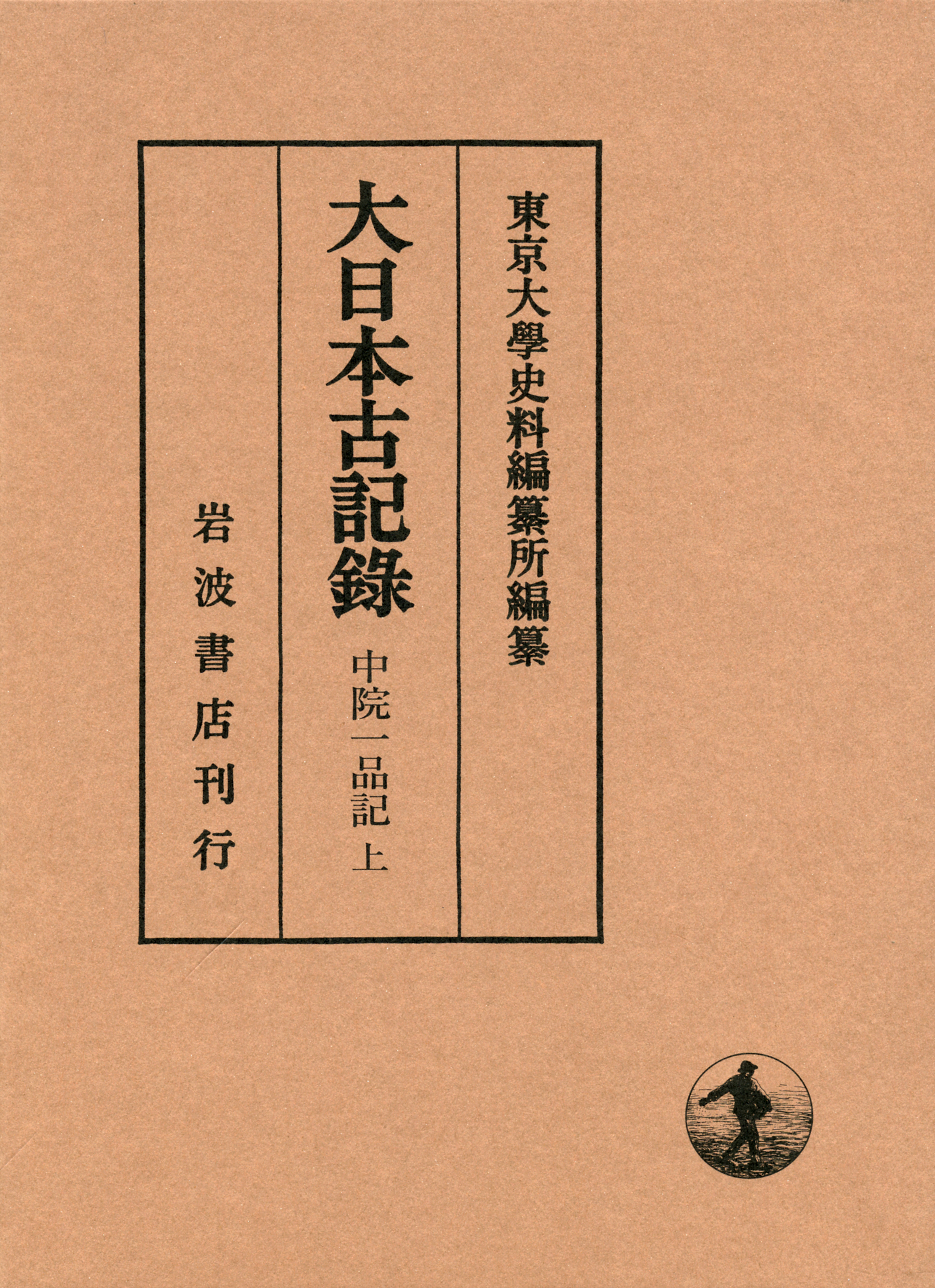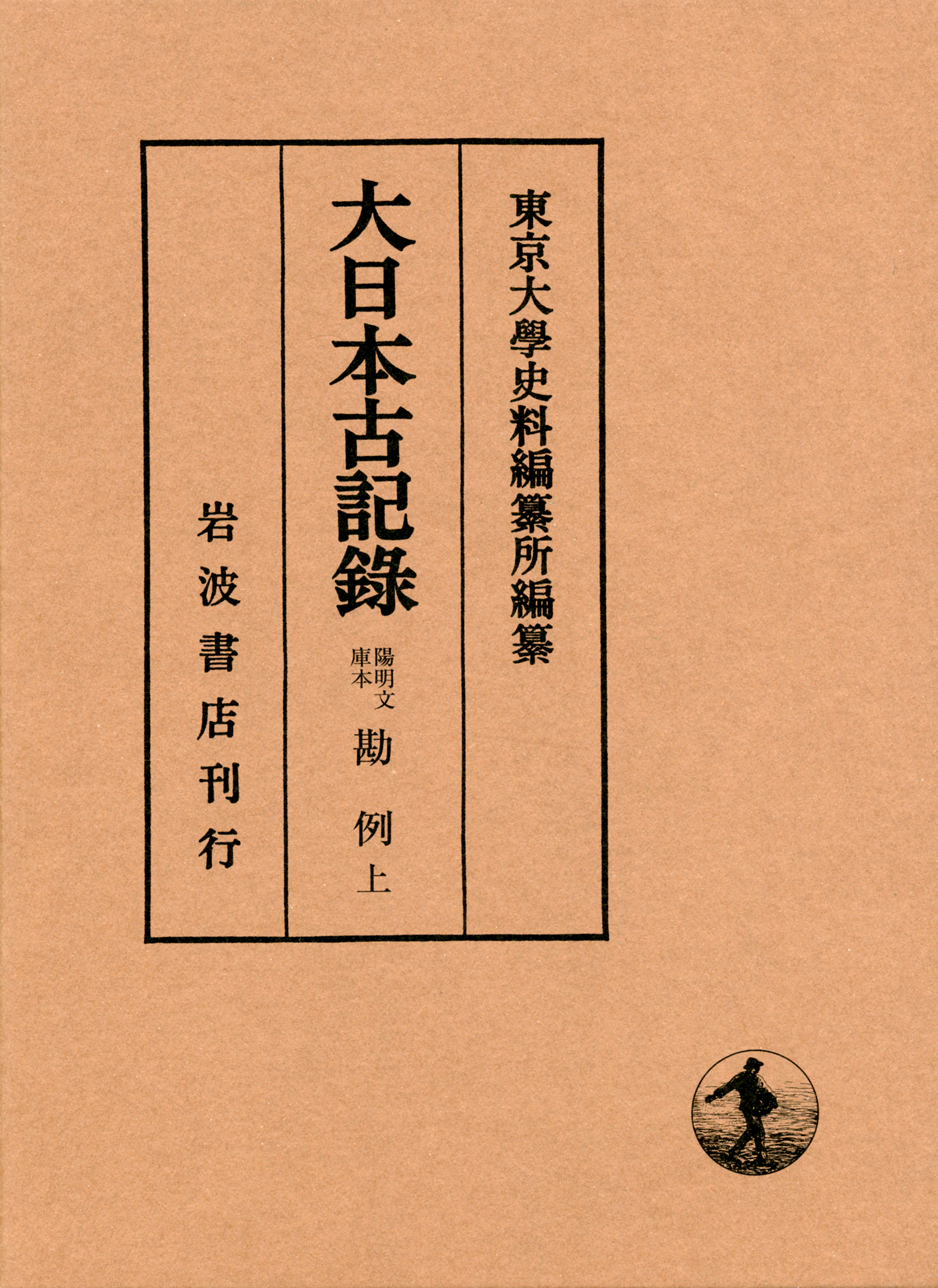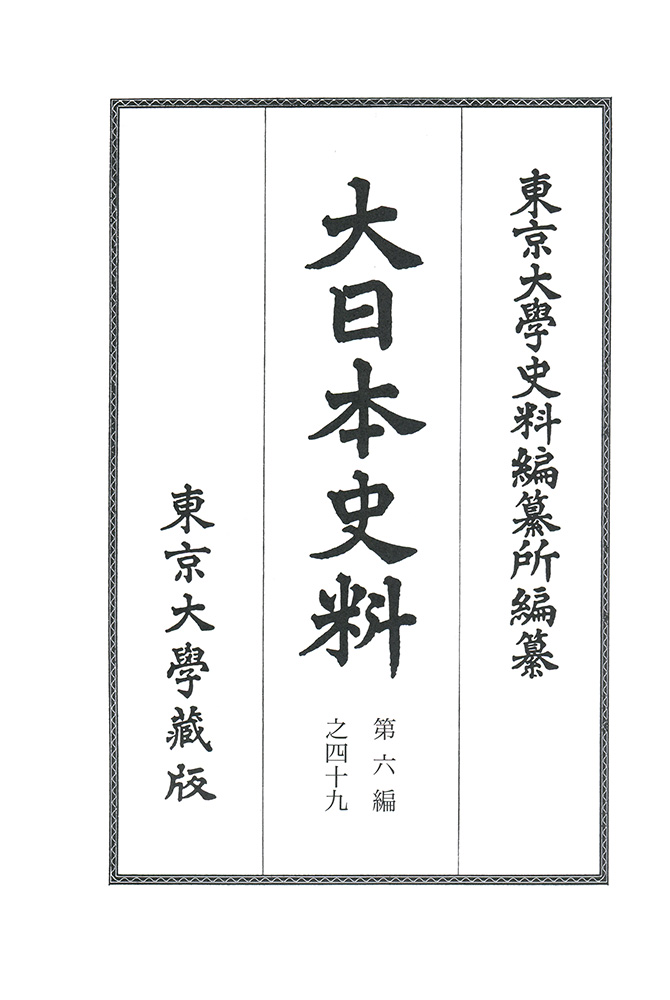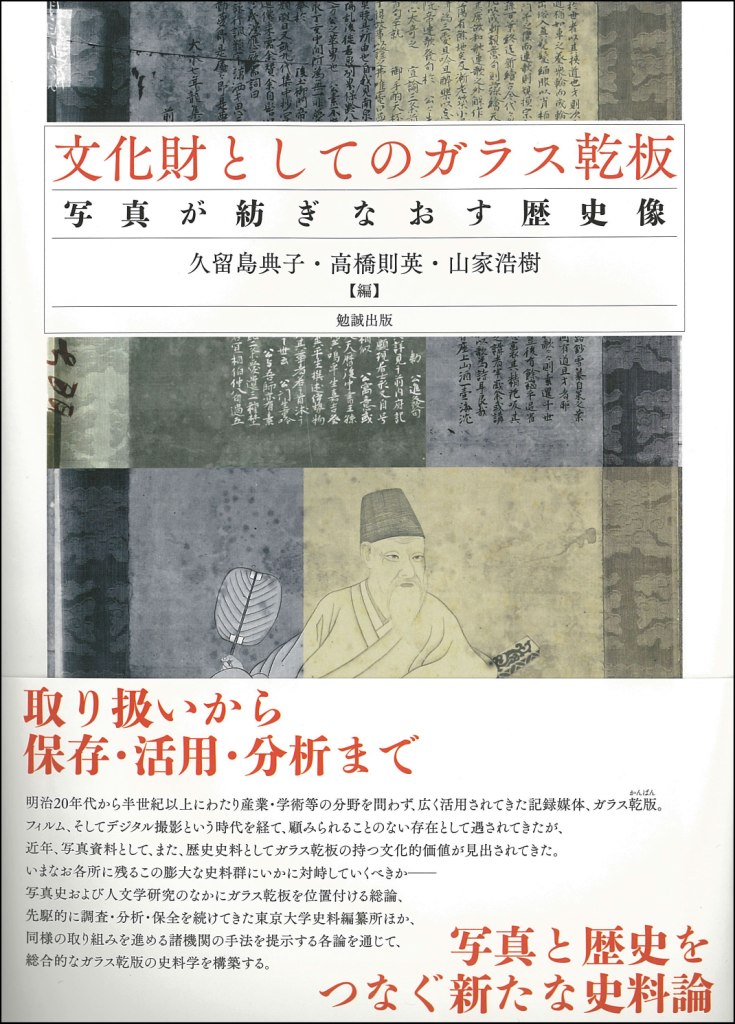
Title
Old Records of Japan Naka-no-in Ipponki Vol. 1
Size
256 pages, A5 format, hardcover, slipcase
Language
Japanese
Released
June 26, 2018
ISBN
9784000099851
Published by
Iwanami Shoten
Book Info
See Book Availability at Library
Japanese Page
The Naka-no-in ipponki is the diary of Naka-no-in Michifuyu (1315-1363), an aristocrat of the Nanbokuchō period. It covers fourteen years from 1336 to 1349 and is a basic source indispensable for the research of this period. Most of the autograph manuscripts of Michifuyu’s diary is preserved by the Historiographical Institute at the University of Tokyo and the National Archives of Japan, in addition to fragments are preserved by Kyoto University Museum, the Museum Yamato Bunkakan, etc.
Michifuyu was born in 1315 into the Naka-no-in family, a branch of the Murakami lineage of the Minamoto clan of upper-class aristocrats. At the age of eighteen, he met with the fall of the Kamakura shogunate and found himself in the midst of the political instability of the conflict between the Northern and Southern Courts (Nanbokuchō), though he was not active politically. Following the collapse of the Kenmu régime he remained in Kyoto and served the Northern Court, but after the Southern Court gained ascendancy over the Northern Court in 1351, in the Unification of the Shōhei Era, Michifuyu decamped to the Southern Court. It is to be surmised that the reason for this was a dispute over leadership of the Minamoto clan with the Koga family, direct descendants of the Murakami lineage. In 1359 Michifuyu finally returned to Kyoto to serve the Northern Court. However, because of the eight years he had spent with the Southern Court, he failed to become a minister. When he died in 1363, his final status was provisional senior counsellor of the junior first rank. The word ipponki in the title of his diary derives from his highest rank, junior first rank (ippon meaning the “first rank”).
Michifuyu’s diary had long been included in the part six of the Chronological Source Books of Japanese History, and had been regarded as an essential source for the study of the Nanbokuchō period, along with Tōin Kinkata’s Entairyaku and Nakahara no Moromori’s Moromori ki. But because it had not been interpreted and published in its entirety, it had long been hoped that it would be published in full. Fortunately repairs to the portion held by the Historiographical Institute began in 2013, and in 2017 the diary was designated to the national important cultural property. The Historiographical Institute accordingly decided to interpret and publish the entire diary in two volumes.
Volume 1 contains the text of the diary from the second month of 1336 to the sixth month of 1342 together with documents written on the reverse side of the manuscript. The period covered with this volume corresponds to the years when Michifuyu was twenty-two to twenty-eight years old, during which time he was appointed to provisional middle counsellor in 1338 and provisional senior counsellor in 1340. As a result, he attended to court ceremonies as a senior court noble and recorded these details of these ceremonies. In particular, because court nobles of the Fujiwara clan stopped presenting themselves for service when the sacred tree of Kasuga Shrine,the guardim deity of Fujiwara clan, was brought to Kyoto in the twelfth month of 1340, Michifuyu was extremely busy until the first month of the following year. In the political and social spheres, noteworthy incidents included the death of the emperor Go-Daigo in the eighth month of 1339, the burning down of the imperial temple Myōhōin by Sasaki Dōyo and his son Hidetsuna in the tenth month of 1340, and the destruction by fire of Hosshōji in the second month of 1342.
In conjunction with the publication of this volume, images of the portion of Michifuyu’s diary preserved by the Historiographical Institute have begun to be accessible for the public through the Institute’s database (http://wwwap.hi.u-tokyo.ac.jp/ships/). Readers may also wish to view these images.
(Written by Satoshi Inoue, Assistant Professor, Historiographical Institute / 2018)



 Find a book
Find a book




